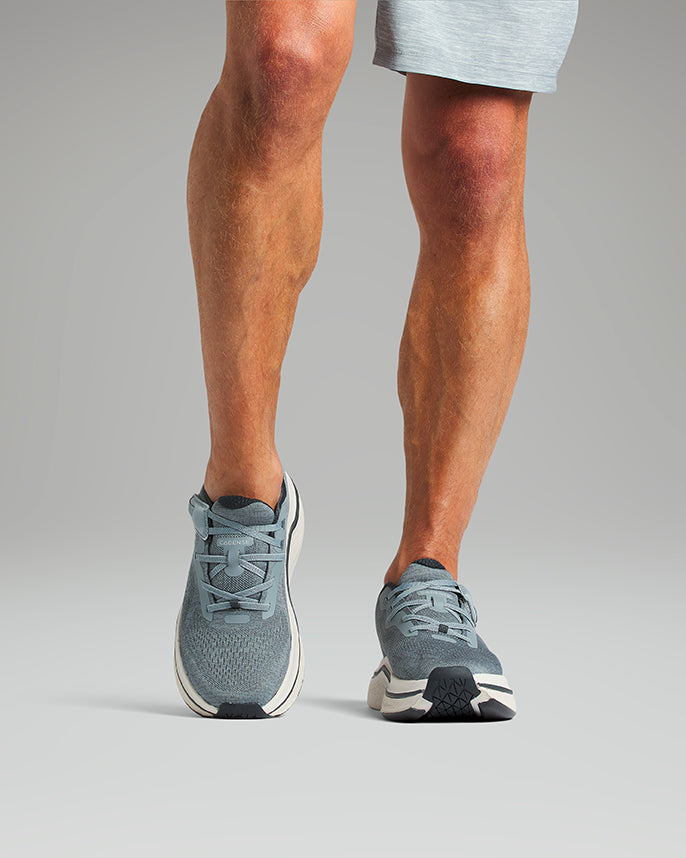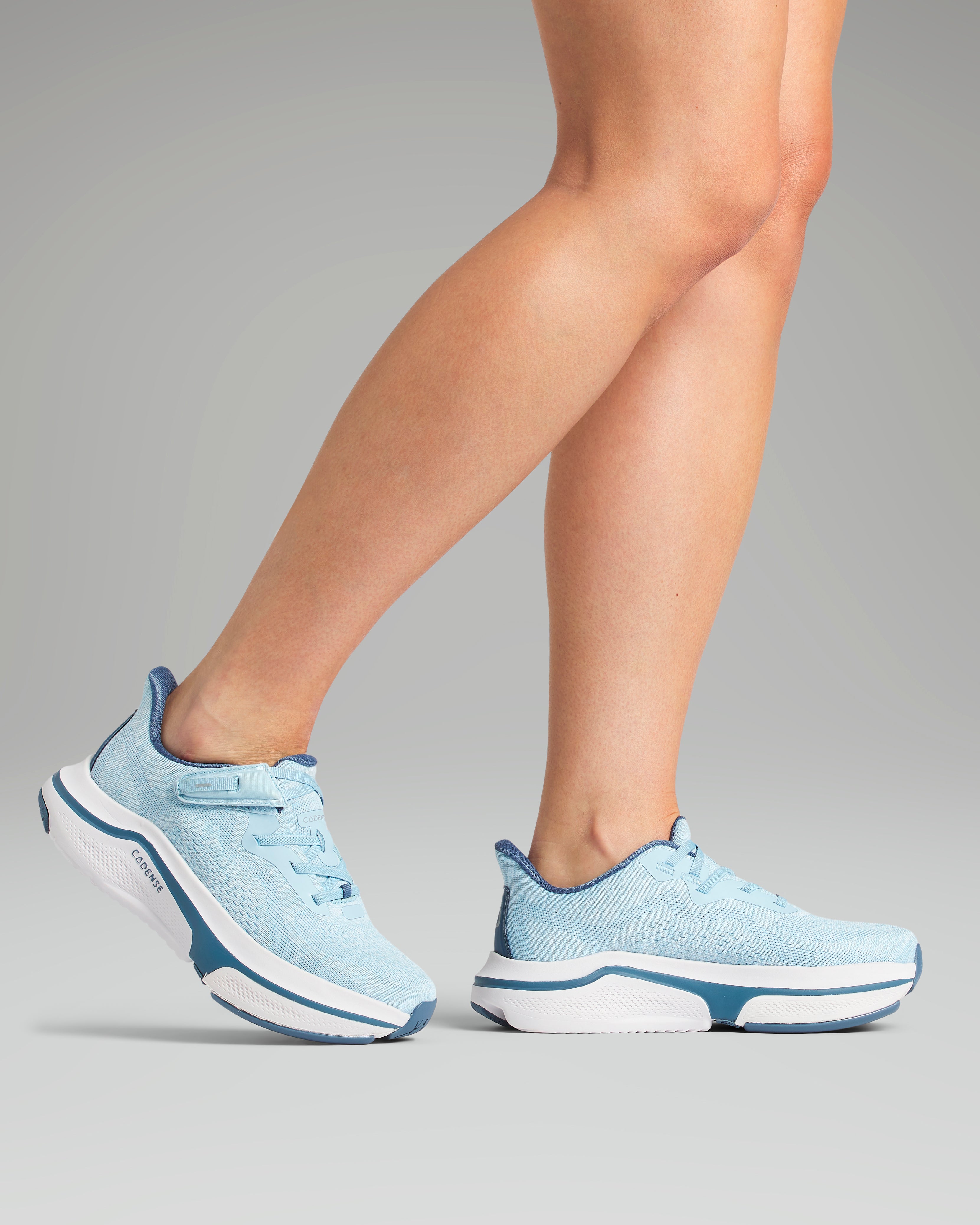
Sciatica Numb Foot Exercises: Relief for Your Feet

Do you experience numbness or tingling in your feet caused by sciatica? You’re not alone. Sciatica affects millions of people, leading to pain, weakness and numbness along the sciatic nerve — the body’s longest nerve, which runs from the lower back down to the legs and feet.
But there’s good news: gentle movement and targeted exercises can help relieve discomfort and restore mobility.
Research shows that early physiotherapy (the UK term for physical therapy) combining exercise and manual treatment can significantly improve sciatica symptoms.
In this guide, we’ll explain why sciatica causes foot numbness and share expert-approved stretches and strengthening exercises to ease nerve pain and improve flexibility — all designed to help you move with confidence again.
What is Sciatica?
Sciatica refers to pain that radiates along the sciatic nerve. This nerve branches out from the lower spine, through the buttocks and down the legs.
When it’s compressed or irritated, it can cause sharp, burning or shooting pain — typically affecting one side of the body.
Causes of Sciatica-Related Foot Numbness
Foot numbness is a common symptom of sciatica, resulting from nerve compression or irritation. Common causes include:
-
Herniated disc: A bulging spinal disc pressing on the sciatic nerve.
-
Spinal stenosis: Narrowing of the spinal canal, compressing nerve roots.
-
Piriformis syndrome: Tightness in the piriformis muscle that traps the sciatic nerve.
-
Lumbar radiculopathy: Nerve root irritation in the lower back.
Understanding these causes helps guide treatment — ensuring you target the right exercises for relief.
The Role of Exercise in Managing Sciatica Foot Numbness
Exercise is one of the most effective, evidence-backed ways to manage sciatica. Regular movement promotes better blood flow, reduces inflammation, and strengthens muscles that support the lower back and hips.
Gentle, low-impact activities such as swimming, walking and cycling are particularly beneficial. They reduce strain on the sciatic nerve while supporting healthy movement patterns.
Before exercising, apply gentle heat to the lower back and hips — this improves flexibility and prepares the muscles for movement.
Gentle Stretches for Sciatica Relief
Adding daily stretches can reduce tension, relieve pressure on the sciatic nerve, and improve mobility. Avoid any movements that cause sharp pain.
Seated Glute Stretch
-
Sit upright on the floor with both legs extended.
-
Cross your right ankle over your left knee.
-
Gently lean forward until you feel a stretch in your right glute and hip.
-
Hold for 20–30 seconds, then switch sides.
Lying Knee-to-Chest Stretch
-
Lie on your back with legs extended.
-
Bring one knee towards your chest and hold it with both hands.
-
Hold for 20–30 seconds, then switch legs.
Cobra Stretch
-
Lie face down with hands under your shoulders.
-
Press your palms into the mat, gently lifting your chest and shoulders.
-
Keep your hips grounded and breathe deeply.
-
Hold for 15–30 seconds.
These stretches target muscles that can compress the sciatic nerve, such as the glutes and piriformis, helping to release tension and restore flexibility.

Strengthening Exercises for Sciatica
Strengthening exercises help stabilise your spine and prevent future flare-ups. Focus on your core, hips and glutes to support the lower back.
Glute Bridge
-
Lie on your back with knees bent, feet flat on the floor.
-
Engage your core and lift your hips towards the ceiling.
-
Squeeze your glutes, hold for 5 seconds, then lower slowly.
-
Repeat 10–15 times.
Clamshell Exercise
-
Lie on one side with knees bent and feet together.
-
Keeping your feet touching, lift your top knee and hold.
-
Lower it slowly, keeping your core engaged.
-
Do 10–15 repetitions per side.
Bird-Dog Pose
-
Start on all fours.
-
Extend your left arm and right leg, keeping your back flat.
-
Hold for a few seconds, then switch sides.
-
Repeat 10–15 times per side.
These exercises strengthen stabilising muscles, reduce nerve compression and promote better posture.
Sciatica Numb Foot Exercises
These specific stretches can help improve foot numbness and circulation by easing pressure on the sciatic nerve.
Standing Hamstring Stretch
-
Place one foot on a step or chair.
-
Keep your leg straight and your toes pointing up.
-
Lean forward slightly from your hips.
-
Hold for 30 seconds, then switch sides.
Seated Spinal Twist
-
Sit on the floor with legs extended.
-
Cross your right foot over your left knee.
-
Place your left elbow on the outside of your right knee and twist gently.
-
Hold for 30 seconds, then switch sides.
Standing Piriformis Stretch
-
Cross your right ankle over your left knee while standing.
-
Lower your hips into a seated position.
-
Keep your chest lifted and back straight.
-
Hold for 30–60 seconds, then repeat on the other side.
Always move gently and stop immediately if pain increases. These stretches can be paired with deep breathing to reduce tension and improve circulation.
Incorporating Sciatica Exercises into Your Daily Routine
Consistency is key. Aim to do these stretches and strengthening movements at least 3–4 times per week — or daily if comfortable.
-
Choose a set time (e.g. mornings or evenings).
-
Start with short sessions and gradually increase duration.
-
Pair your exercise routine with low-impact activities like walking or swimming.
-
Stay patient — progress comes with consistency, not intensity.
When to Seek Professional Help
Mild sciatica often improves with gentle exercise and over-the-counter pain relief, but there are times when you should seek help from your GP or physiotherapist.
See a healthcare professional if you experience:
-
Severe, unrelenting pain
-
Progressive weakness or numbness
-
Loss of bladder or bowel control (may indicate cauda equina syndrome — a medical emergency)
-
Sciatica accompanied by fever or unexplained weight loss
A GP can refer you for imaging, prescribe medication, or recommend NHS physiotherapy for personalised treatment.

Benefits of Physiotherapy for Sciatica Management
Working with a qualified physiotherapist can help you recover faster. They can:
-
Create a personalised exercise plan tailored to your condition
-
Use manual therapy to release tension and restore movement
-
Apply heat, cold or electrical stimulation to relieve pain
-
Teach self-management and posture correction to prevent recurrence
Regular physiotherapy can reduce pain, improve flexibility and help you return to normal activity levels more safely.
Explore How Adaptive Trainers Can Help
Sciatica affects up to 40% of adults at some point, often leading to numbness or pain in the feet. But with the right combination of stretching, strengthening, and supportive footwear, recovery is possible.
Gentle exercises like the seated glute stretch, cobra pose, and glute bridge can reduce pain and promote healing, while adaptive trainers from Cadense help support balance, relieve pressure, and make every step more comfortable.
Relief starts with movement — and the right support underfoot.
Explore Cadense Adaptive Trainers →




